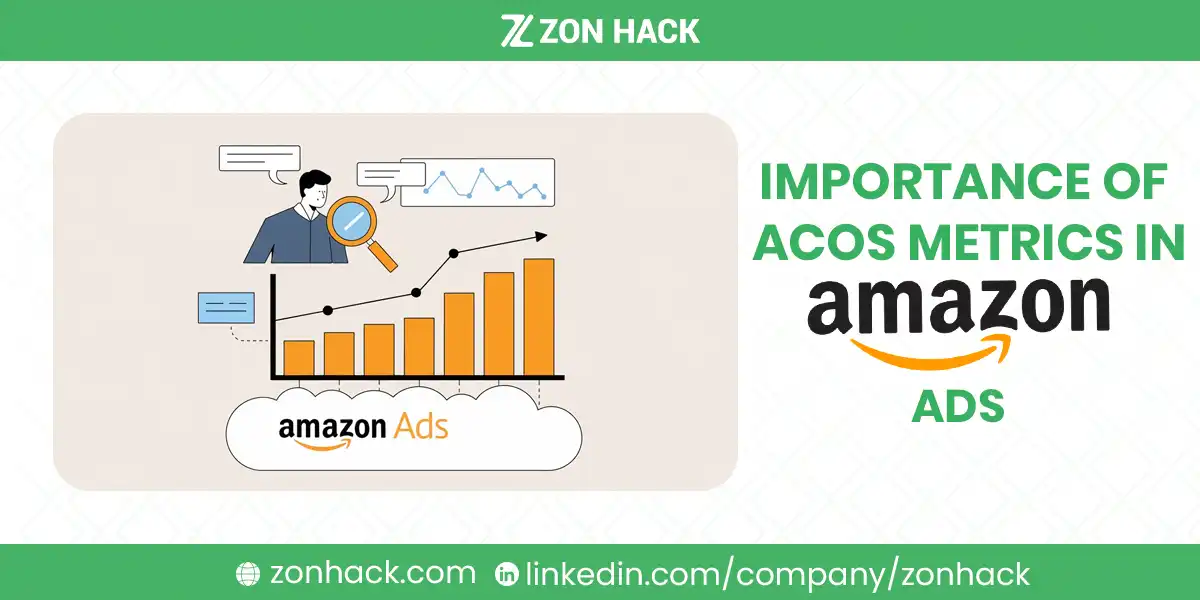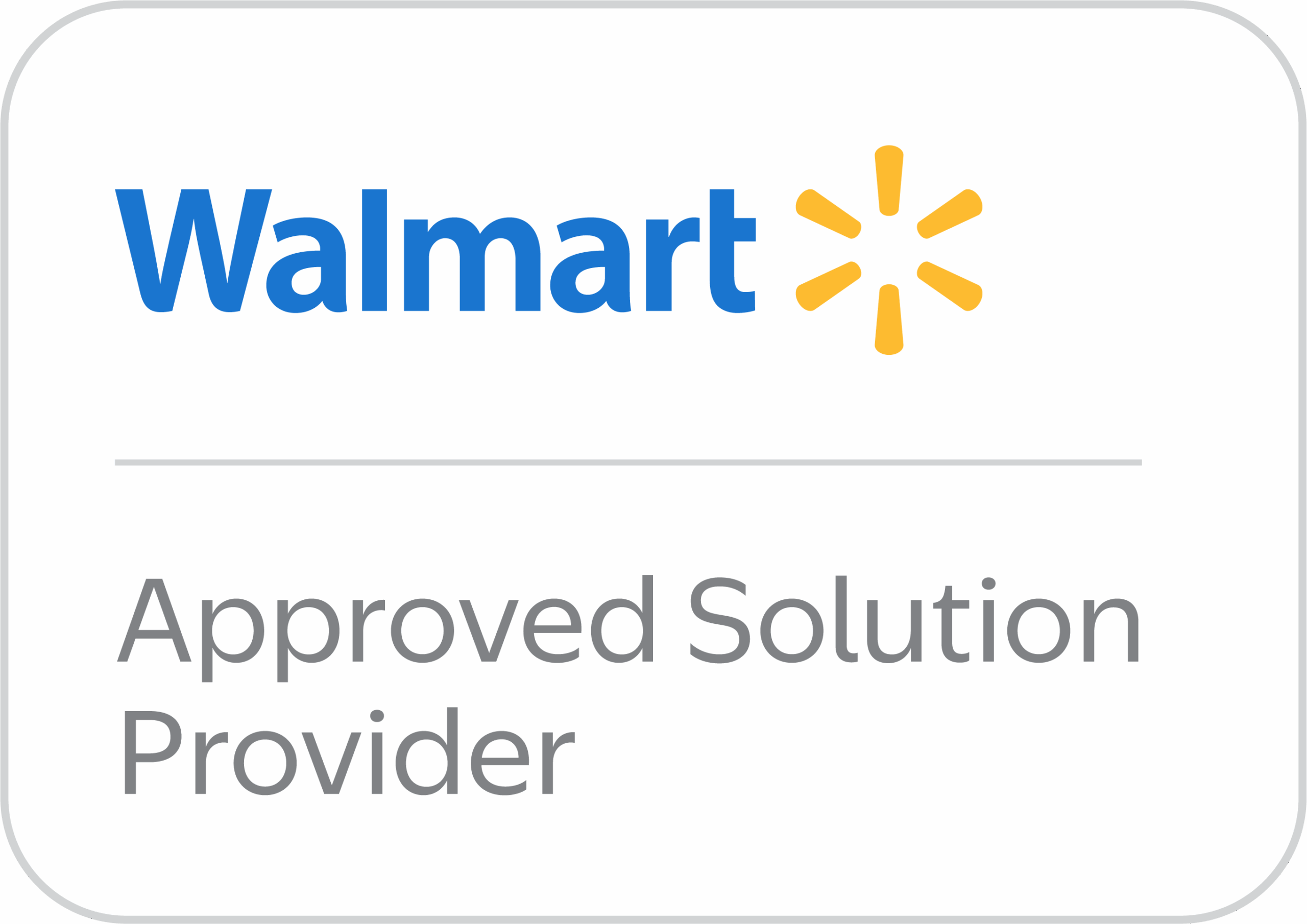When it comes to advertising on Amazon, understanding the key metrics is crucial for success. Among these, ACoS (Advertising Cost of Sale) stands out as one of the most important indicators of how effectively your ad spend is driving sales. Whether you’re new to Amazon advertising or an experienced seller, knowing how to interpret and optimize ACoS can help you maximize your return on investment (ROI) and ultimately grow your business. But what exactly is ACoS, why does it matter, and how can you leverage it to improve your campaigns? This article dives deep into the significance of ACoS metrics and offers practical insights into how you can optimize your advertising efforts on Amazon.
What is ACoS?
At its core, ACoS represents the ratio of ad spend to the sales generated from that spend. More simply, it answers the question: “How much are you spending on ads to generate each dollar in sales?” Understanding ACoS is essential because it directly impacts your profitability and can help guide decisions regarding your advertising budget and strategies.
Definition of ACoS
The Advertising Cost of Sale (ACoS) is a metric that measures the effectiveness of your advertising campaigns. It is expressed as a percentage, reflecting how much you are spending on ads relative to the sales those ads are generating.
The Formula for Calculating ACoS
The formula for calculating ACoS is simple:
ACoS = (Total Ad Spend ÷ Total Sales) × 100
For instance, if you spend $100 on ads and generate $200 in sales, your ACoS would be:
ACoS = (100 ÷ 200) × 100 = 50%
This means that for every dollar of sales, you’re spending 50 cents on advertising.
Example of ACoS Calculation
Let’s look at a practical example to help clarify ACoS calculation:
- Suppose you spent $150 on ads and achieved $500 in sales.
- Using the formula: ACoS = (150 ÷ 500) × 100, the result is 30%.
This means that you are spending 30% of your sales revenue on advertising, which is a critical metric for evaluating campaign performance.
Why is ACoS Important?
Understanding ACoS is vital for several reasons. It helps you measure the efficiency of your campaigns, manage your budget, and determine if you’re achieving a positive return on investment (ROI). Let’s take a closer look at why ACoS matters:
ACoS Helps Determine if Sponsored Product Campaigns are Driving Valuable Results
When you track ACoS, you can directly assess whether your ad spend is contributing to your bottom line. If your ACoS is too high, it could indicate that your campaigns aren’t converting effectively, and you may need to adjust your strategy. On the other hand, if your ACoS is low, it suggests that you’re generating significant sales relative to your ad spend.
ACoS Helps Track Advertising Costs and Determine Profitability
One of the key functions of ACoS is helping you evaluate profitability. By tracking ACoS over time, you can determine if your ad spend is sustainable given your product margins. If your ACoS exceeds the profit margins of your products, you might be spending too much on ads and losing money.
ACoS Helps Determine How Much to Spend on Amazon Ads
Knowing your ACoS can guide your decision on how much to spend on advertising. For instance, if you’re aiming for an ACoS of 30%, you can adjust your ad budget and bidding strategy accordingly to meet your target. By keeping ACoS within a profitable range, you can allocate your budget wisely and achieve sustainable growth.
ACoS Helps Set Up a Campaign for Success
ACoS isn’t just a post-campaign metric. It can also be used to set expectations and goals for your campaigns. By determining the optimal ACoS before launching an ad, you can build a campaign that is more likely to meet your sales targets. Regularly measuring ACoS during the campaign will allow you to tweak the strategy in real time, helping ensure success.
ACoS Helps Figure Out the Break-Even Point
Another crucial benefit of ACoS is understanding your break-even point. This is the point at which the cost of your advertising equals the revenue generated from sales. By calculating your break-even ACoS, you can set realistic goals for your campaigns and avoid overspending on ads.
What is a Good ACoS?
The definition of a “good” ACoS isn’t the same for everyone. It depends on several factors, including your product margins, business model, and advertising goals. However, there are general guidelines and benchmarks you can use to evaluate your ACoS.
There is No Set “Good” ACoS
ACoS can vary greatly depending on the goals of the advertiser. For some sellers, a higher ACoS might be acceptable if they are focused on building brand awareness or driving volume, even if it means sacrificing short-term profits. For others, especially those with tighter margins, a lower ACoS will be necessary to maintain profitability.
General ACoS Benchmarks
While ACoS goals vary, there are general ranges that most Amazon sellers follow. Here’s a breakdown:
- Low ACoS: Typically under 25%. This means you’re spending less than a quarter of your sales on ads, which is considered highly efficient and profitable.
- Average ACoS: Typically between 25% and 40%. This is a common range where many Amazon advertisers fall, balancing effective ad spend and profitable sales.
- High ACoS: Over 40%. A higher ACoS suggests that you’re spending more on ads relative to the sales you’re generating. While not necessarily bad, it may indicate inefficiencies that need to be addressed.
Factors Influencing a Good ACoS
The “good” ACoS for your business will depend on several factors, including:
- Profit Margins: If your product margins are high, you can afford to spend more on advertising without hurting profitability. Conversely, if margins are low, you’ll want to keep your ACoS lower to maintain profitability.
- Break-even ACoS: The point at which your ad spend equals the sales revenue generated. If your ACoS is lower than your break-even point, you’re making a profit; if it’s higher, you may be operating at a loss.
The Importance of Break-Even ACoS
Understanding your break-even ACoS is crucial for ensuring that your ad spend is sustainable. The break-even ACoS represents the threshold beyond which your ad campaigns will no longer be profitable. For example, if your product sells for $50 and your profit margin is $20, your break-even ACoS would be 40% (20 ÷ 50 = 0.40).
How to Calculate Break-Even ACoS
To calculate your break-even ACoS, you need to know both your product price and your profit margin:
Break-even ACoS = (Profit per sale ÷ Sale price) × 100
This figure can be used to determine the maximum ACoS that will still allow you to make a profit. For sellers aiming for sustainable growth, keeping ACoS below this threshold is essential.
Strategies to Lower ACoS
While a higher ACoS isn’t always bad, you should always strive to optimize your campaigns and keep the metric within a profitable range. Here are several strategies to help you lower your ACoS and maximize your advertising efficiency:
Focus on Relevant Keywords
Conduct thorough keyword research to identify the terms that are most likely to drive conversions. Tools like Sonar (Amazon-specific keyword research tool) can help you uncover high-converting keywords that are relevant to your products. By integrating these keywords into your product listing and ad campaigns, you can ensure that your ads are reaching the most interested shoppers, improving the chances of a sale.
Optimize Product Page Content
Your product listing plays a significant role in how well your ads perform. Make sure your product descriptions are relevant, compelling, and optimized for the keywords you’re targeting. Clear, high-quality images and detailed descriptions can help convince potential customers to purchase, improving your conversion rates and lowering ACoS.
Optimize Product Titles
Product titles are one of the first things shoppers see, so they should be concise yet informative. Include your target keywords in the title, but keep it clear and easy to read. An optimized title can increase the likelihood of clicks, leading to higher conversion rates and, ultimately, a lower ACoS.
Set the Right Bid Amount
Finding the right bid amount is essential to controlling ACoS. If your bid is too low, your ads may not appear frequently enough, while bids that are too high can lead to overspending. Test different bid amounts to find the optimal balance and prevent your ACoS from rising too high.
How to Set Up ACoS Goals
Setting clear ACoS goals is one of the most effective ways to guide your campaigns toward success. Here’s how you can establish your ACoS targets:
- Understand Your Profit Margins: First, calculate your product margins to determine the break-even point for your campaigns.
- Set a Profitability Target: Decide on a target ACoS that aligns with your profitability goals, taking into account both your desired return on investment (ROI) and overall business objectives.
- Track and Adjust Regularly: Regularly monitor your ACoS and adjust your ad spend, targeting, and bids as needed. If your ACoS is too high, consider lowering your bids, refining your keywords, or optimizing your listings.
- Use Testing and Experimentation: Don’t be afraid to test different strategies and experiment with various ad types to see what works best for your business.
By following these steps, you can set achievable and realistic ACoS goals that will drive your Amazon advertising success.
Bottom Line
ACoS is one of the most important metrics when it comes to managing your Amazon advertising campaigns. Understanding what ACoS is, why it matters, and how to optimize it is crucial for driving profitable growth on the platform. Whether you’re striving for a low ACoS to maximize profitability or accepting a higher ACoS to build brand awareness, the key lies in knowing your margins, setting realistic goals, and making data-driven adjustments to your campaigns.
As you continue to refine your Amazon advertising strategy, remember that ACoS is just one piece of the puzzle. By integrating other KPIs, aligning ACoS with your business goals, and continuously optimizing your campaigns, you can ensure that your ad spend is driving the results you need to scale your Amazon business effectively.




